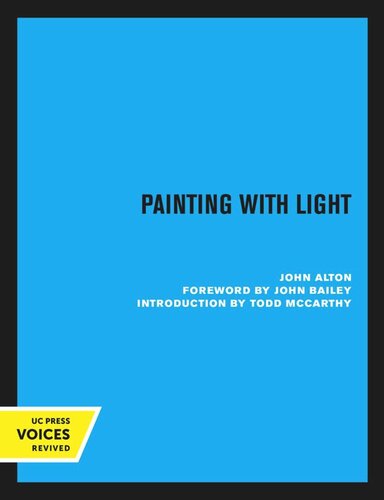

Most ebook files are in PDF format, so you can easily read them using various software such as Foxit Reader or directly on the Google Chrome browser.
Some ebook files are released by publishers in other formats such as .awz, .mobi, .epub, .fb2, etc. You may need to install specific software to read these formats on mobile/PC, such as Calibre.
Please read the tutorial at this link: https://ebookbell.com/faq
We offer FREE conversion to the popular formats you request; however, this may take some time. Therefore, right after payment, please email us, and we will try to provide the service as quickly as possible.
For some exceptional file formats or broken links (if any), please refrain from opening any disputes. Instead, email us first, and we will try to assist within a maximum of 6 hours.
EbookBell Team

4.7
86 reviewsFew cinematographers have had as decisive an impact on the cinematic medium as John Alton. Best known for his highly stylized film noir classics T-Men, He Walked by Night, and The Big Combo, Alton earned a reputation during the 1940s and 1950s as one of Hollywood's consummate craftsmen through his visual signature of crisp shadows and sculpted beams of light. No less renowned for his virtuoso color cinematography and deft appropriation of widescreen and Technicolor, he earned an Academy Award in 1951 for his work on the musical An American in Paris. First published in 1949, Painting With Light remains one of the few truly canonical statements on the art of motion picture photography, an unrivaled historical document on the workings of postwar American cinema. In simple, non-technical language, Alton explains the job of the cinematographer and explores how lighting, camera techniques, and choice of locations determine the visual mood of film. Todd McCarthy's introduction provides an overview of Alton's biography and career and explores the influence of his work on contemporary cinematography and the foreword, written expressly for this edition by award-winning cinematographer John Bailey, explores Alton’s often contentious relationships with colleagues, the American Society of Cinematographers, and the movie industry itself.